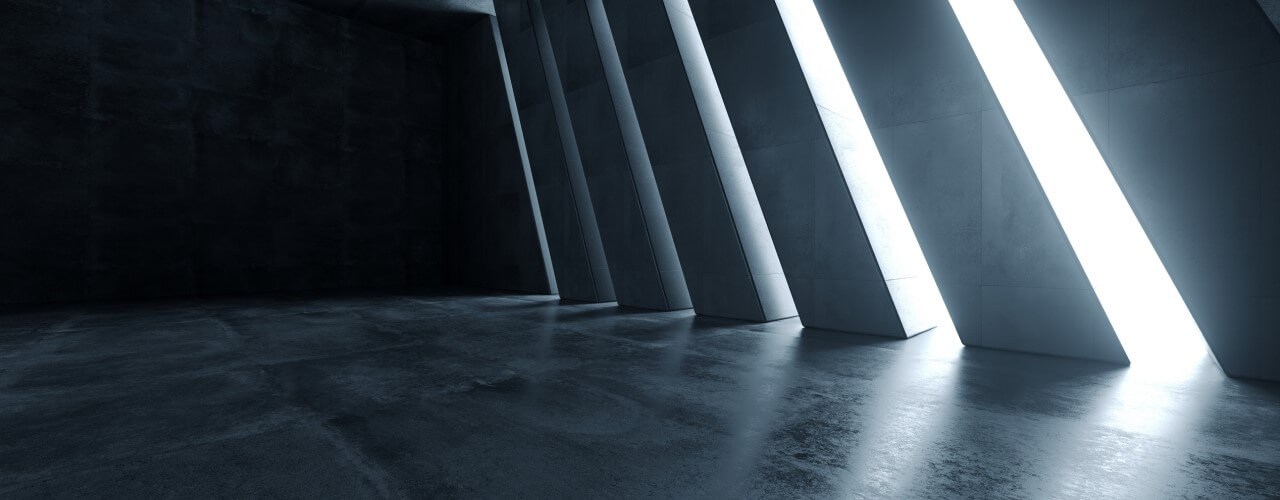Architecture and set design working together to blur the line between the city and the stage
Architecture and set design working together to blur the line between the city and the stage
The stage used to be somewhere to accommodate the realms of fantasy. Productions were purely focused on taking the audience away from reality and – for the duration of the show – transporting them to a different environment. To compare this to architecture would, in years gone by, have mostly been wholly inaccurate. However, today we are increasingly seeing construction that defies belief and is entering firmly into the realms of fantasy – and, at the same time, set design is becoming increasingly more believable and real.
Examples of the blurred lines between architecture and set design
- Despite the heavy element of fantasy in many stage designs, architecture has always been a common theme and, indeed, one that the Ancient Greeks, Romans and brains behind the Baroque and Renaissance periods were obsessed with. Many saw the stage as a space of freedom, one that reflected real life but where ideas, politics etc could be played out without the threat of persecution.
- The High Line in New York. Renfro and Diller Scofidio intentionally designed the legendary High Line to be an urban adaptation that would create the setting for theatre in the heart of the city. The Mile-Long Opera was then staged and directed in 2018, proving just how apt this kind of interpretation could be.
- The Academy of Motion Pictures. Legendary Italian architect Renzo Piano (also responsible for the Pompidou Centre in Paris and The Shard in London) designed the Academy of Motion Pictures in LA, a museum of film and a 1,000 seat theatre specifically created for the self-celebration of Hollywood.
- Don Giovanni. Architect Frank Gehry, whose designs have become world-renowned attractions in their own right, designed crumpled paper sets for Don Giovanni inside the building that he created for Walt Disney in LA. He is not the only famous name from the architecture world to have stepped into set design in the same building, as Jean Nouvel did the same for The Marriage of Figaro and Zaha Hadid for Cosi Fan Tutte. At The Met in New York it was Herzog & de Meuron who were switching architecture for the stage and Daniel Libeskind has now fully straddled the architecture/set designer role.
Increasingly fantastical architecture
All of this works in reverse too, as architecture is increasingly a thing of spectacle – just look at the Louvre Abu Dhabi and the Qatar National Museum building. Many of Zaha Hadid’s designs have blurred the line between rendering and reality and Jon Jerde’s 1990s shopping malls have a distinctly film set feel. This is a theme that is likely to continue as the experience economy grows. The architecture feeds the show and the show is filled with architecture. At the heart of this is engineering and the skilled craftspeople who are able to bring anything to life, whether it is a permanent structure or not.
The relationship between architecture and set design shows just how much the boundaries between the city and the stage are being blurred today.
Still Have Questions?
Our friendly team is here to help you out.

